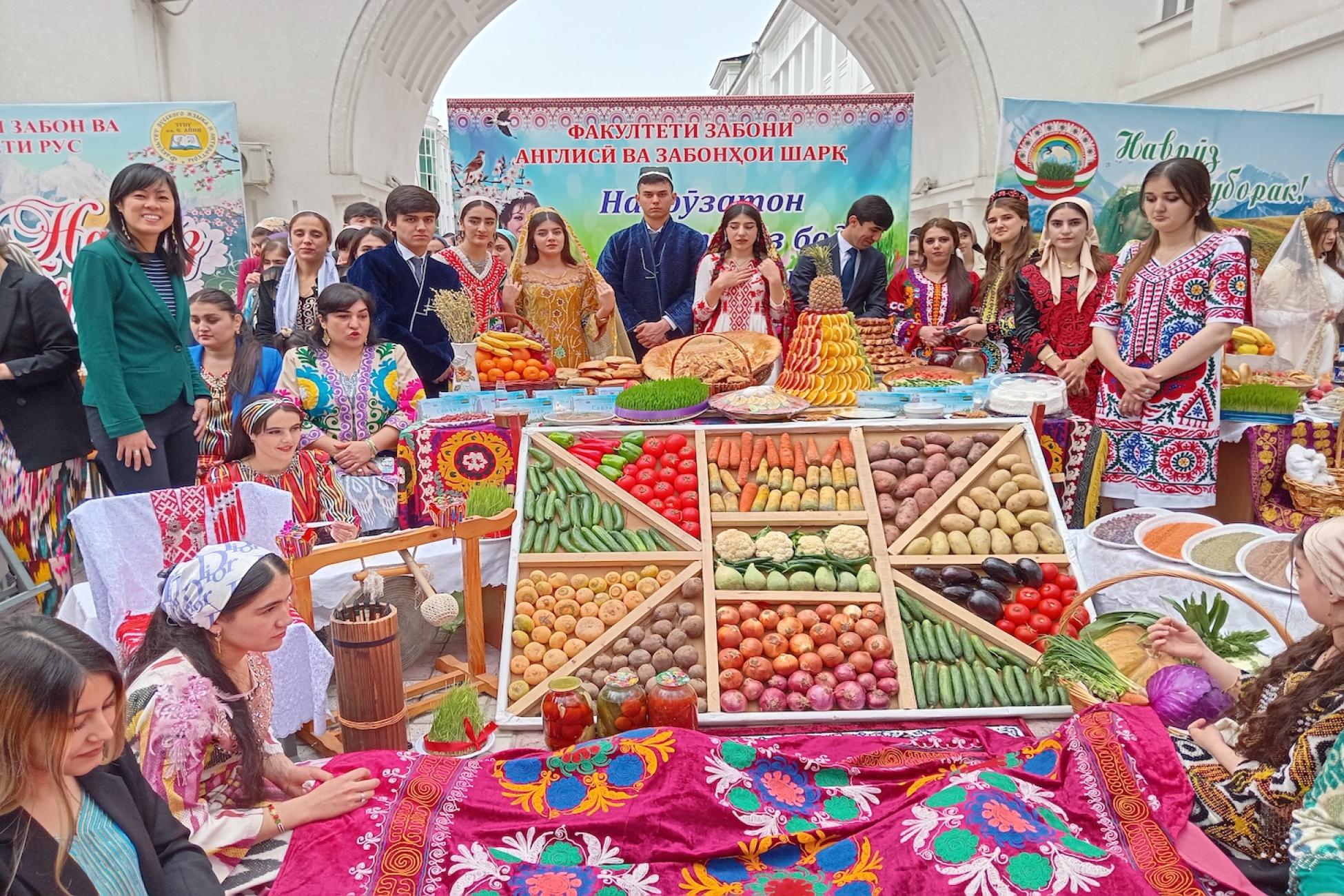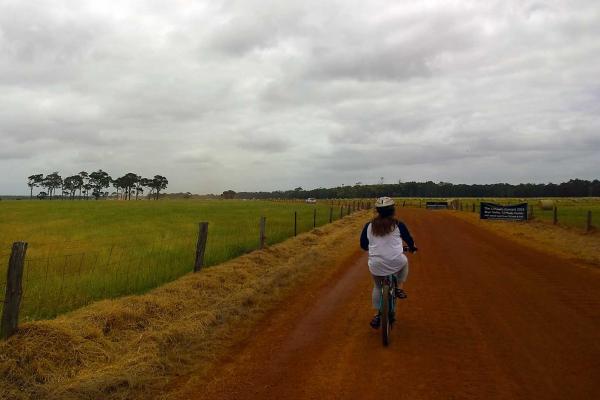One of my favorite things of living in another country is observing and being a part of their holidays and festivities. Nothing quite reminds you that you’re squarely in the middle of another culture than seeing an entire nation come together in unity for something you had no clue even existed before.
Different iterations; same idea
The arrival of the spring after a long winter is one of the largest recurring holidays I’ve encountered, although its interpretations are always different. In Indonesia, amidst a massive Indian community, I painted my friends with coloured powder and was similarly coated by the end of the explosive festival of Holi Hai. In Croatia, the end-of-winter Carnival parade featured several evil spirits being warded off, including an enormous wooden doll that was burned.
In Olinda and Recife, Brazil, the infamous celebration raged on for days, and I joyously joined in the scantily clad throngs of revellers emptying out their party spirits before the solemn period of Lent hit.
Most recently, in northern Iraq where the Kurdish people celebrate their New Years of Nawruz around the Spring Equinox, I observed the importance of fire as a symbol of the light ushering out the darkness of winter. The procession of torches and bonfires in front of every restaurant, home and major boulevard burned (pun intended) a permanent visual in my memory.
Nawruz and traditional clothing
Lo and behold, I was pleasantly surprised to learn that Nawruz (or “Nowruz”) is the largest holiday for the Persians and Iranians as well, spreading into countries such as Afghanistan and Tajikistan, where I'm now based. From the beginning of the month, the excitement was palpable. Preparations began well in advance of the big week, and everyone got March 21 off along with several days afterwards (and for a few lucky ones, such as myself, time off beforehand too). As the women progressively dressed in their traditional outfits more frequently leading up to the big holiday, I found myself in awe of the use of colour. The rest of the year, Tajiks wear fairly solid-colored and darker or neutral outfits, but for Nawruz, they did not hold back.
Psychedelically bright floor-length chakan dresses have enormous hand-woven flowers in every bright shade imaginable. Patterned woven fabric make up their matching loose pants and long-sleeve tops, and long open robes. The different names speak to the type of material they’re made of; it’s an “atlas” if it’s 100 per cent silk, and “adras” if it’s silk and cotton. Indistinguishable to my ignorant eyes, I eventually made the mental comparison to jeans versus other types of pants, a difference not in design or function, but purely by the material.
Attack of the senses
One of the biggest Nawruz celebrations I attended at a local university was an overwhelming attack of my five senses. From the rainbow outfits to adorned, pinned-on skull caps—for men and women—I didn’t know where to look first. The male traditional outfits and coats (called a “joma”) were, in contrast, a visual oasis of relatively solid colour.
At varying points around the space were traditional dances, some more formally performed for official visitors and delegations, but many just spontaneously breaking out left and right. The one which stuck out the most, as I navigated carefully around pockets of excited children and women’s flowing dresses, was the Pamiri dance and outfit.
The Pamirs, in the East of Tajikistan, are not just a breathtakingly beautiful mountainous region of the country, but are also a proud ethnic people, with their own distinct languages and physical characteristics. The girls are typically clothed in red and white Pamiri traditional dresses, with long beaded necklaces; an artform one of the students proudly told me she learned from her grandmother. While I stood alongside a group of guests from the Korean Embassy, watching the girls spinning in dizzying circles, I couldn’t help appreciating the red strings woven into the two natural braids of the girls. At the end, multiple tassels flew through the air, drawing my attention.
Accompanying the dances, any new arrival of guests, or out of pure impulsive exhilaration, was a cacophony of simultaneous noise around the plaza. Triumphantly patriotic music blared out of the speakers alongside a number of solo singers, alternating with a live musical group on stage. With a grin, I caught the repeated chant of “ба пеш!” (“go forward!”) energizing the crowd. Roaming trumpet players on long brass horns, the karnai, impressively lifted and blared their instruments over the heads of the attendees.
Haft-sin table displays
The stunning centrepiece of the celebration wasn’t even the dancers, musicians or spectacular outfits, but the traditional table displays (haft-sin). Over a dozen were lined up in two rows with at least 10 students, in head-to-toe regalia, surrounding the tables. As they explained, there are always seven items beginning with the “s” sound, and seven beginning with “sh”, each one representing various aspects of well wishes for the new year, such as health, happiness, change, and rebirth. These items included garlic, apple, a comb, rice porridge and milk, and each table came up with their own way of displaying these items as elaborately and creatively as possible.
Every table also had a clay container with germinated wheat, tied together with a red ribbon, which is the symbol for the holiday and main ingredient of a brown, sweet paste called sumanak (sometimes called sumalak). I was offered the snack many times over as I perused from one display to the next, but felt guilty eating in front of people I knew were fasting for Ramadan.
In front of all the displays were woven carpets, wool and cotton plants, miniature versions of their crowns and live demonstrations of the weaving or preparation of hand-pulled thick noodles. The women smiled shyly, encouraging me to feel the soft and worn fabric. I couldn’t help but think to myself, “It’s too bad this is only once a year!”
Add this article to your reading list




